It took me a long time to figure out what to write regarding faith. It seems like such an easy task. We talk about faith every week in our church services and in personal interactions with our kids, friends, family, neighbors, and co-workers. But faith in theory and faith in action are radically different.
The last few years of my life have been all about faith, about moving beyond what seemed possible and facing personal giants. God has brought an immense awareness of our brokenness into my life—a sense of my own humanity, the world’s fallenness, and the desperate need for God in the lives of people around me. People I love.
I have watched friends and family deal with what felt like insurmountable health challenges. I have seen families torn by grief and loss, and I have been keenly aware of my own sinfulness. How do we respond to this? Sometimes our first inclination is despair, but I have watched those same families respond with grace and faith in God’s promises. I have seen lives restored and people come to saving faith in the midst of overwhelming circumstances. God has challenged me to pray and believe Him for things that seemed impossible.
More than ever, I have come to recognize this truth: When it comes to faith, action is better than assent. We can believe in something, but until we rest the weight of our lives on it, our belief lacks meaning. Many of us have seen or heard the illustration about faith involving a chair. You can look at a chair and see that it is well constructed, sturdy and stylish. You can admire it. You can even say that you would sit in it. But you have not demonstrated faith in the chair until you actually place the weight of your body on it. Assenting to something intellectually is not the same as staking your life on it.
In his book Evangelism, J. Mack Stiles tells the story of hearing a Pulitzer Prize winning historian lecture in a large auditorium. The room was packed. Suddenly, in the middle of his lecture, the fire alarm sounded. It was deafening and accompanied by blinking strobe lights. The speaker froze. No one knew what to do, and no one took charge. Eventually, people started chatting in their seats as they waited for the alarm to go off. It crossed Stiles’s mind that there might actually be a fire, but he dismissed the thought. Typically, alarms just need to be reset. Besides, no one else seemed concerned…except for one man. One man quietly stood up, gathered his things, and exited the building. Stiles writes:
If this is a parable of true conversion, there was only one convert in the room, only one true believer; the rest of us were stuck in our rationalization. Some might have thought there was a fire, but they didn’t really believe it enough to walk out.
When we truly believe something, we act on that faith. It changes us. In Hebrews 11 we see this action. Abel offers God his very best. Enoch evaporates without experiencing death. Noah builds an ark before rain exists. Abraham travels like a nomad. Sarah gives birth against all odds. Verses 21-22 say, “Was not Abraham our father justified by works when he offered up his son Isaac on the altar? You see that faith was active along with his works, and faith was completed by his works.” No wonder James 2:17 tells us that faith without works is dead.
Faith is a series of choices and actions that express our trust in God. In the words of Tim Keller, “Faith is not primarily a function of how you feel. Faith is living out, trusting, and believing what truth is despite what you feel.” Thus, a life of faith is one that continues pressing in when things are challenging. It’s a life that hangs on to God’s promises in the face of hopelessness. It’s a life that finds rest in “the assurance of things hoped for, the conviction of things not seen” (Hebrews 11:1).




